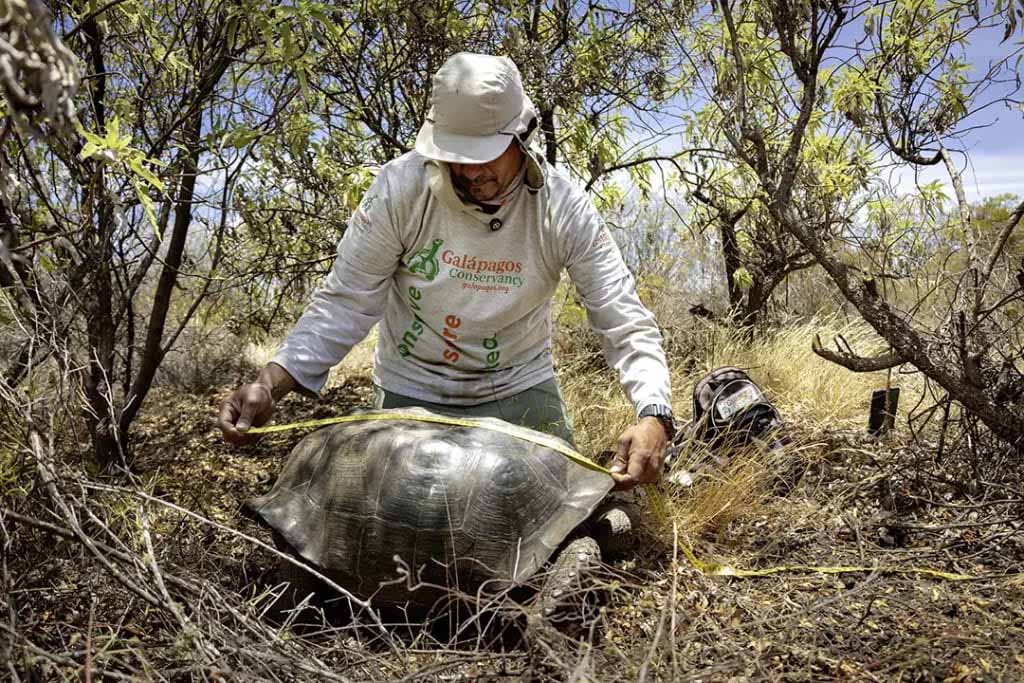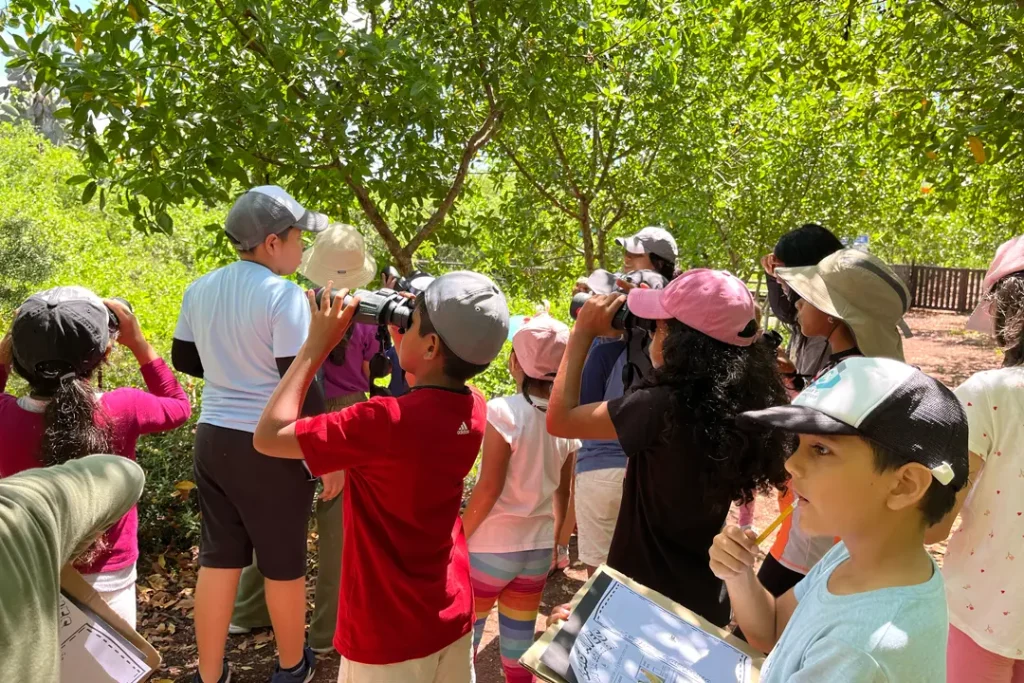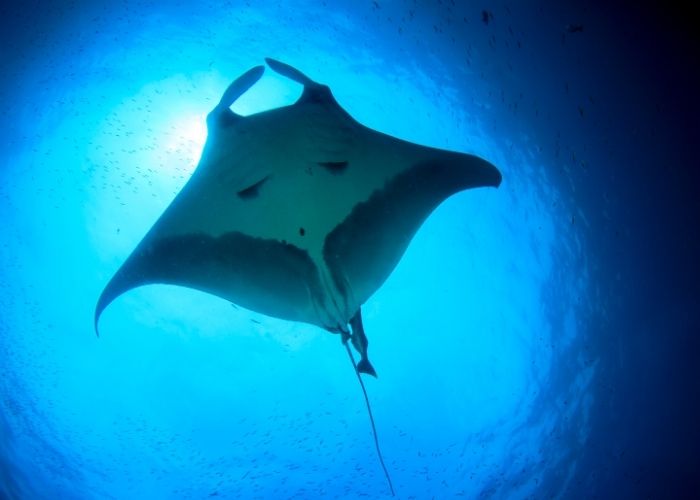In the crater on Isabela Island of Wolf Volcano, a tiny population of Giant Tortoises (Chelonoidis Becki) have survived in one the harshest environments of the Galapagos. These tortoises are isolated on a small flattened plateau of the wall of the crater that collapsed many years ago. The discovery of young tortoises, which face unique challenges for their long-term existence, in this remote region offers new hope that they can become a self-sustaining community.
A Remarkable Discovery
A small population of 50 tortoises has adapted to the harsh conditions of the volcano crater. The area is only 0.8 square miles (2.2 square kilometers), and the walls are over 200 meters high. They rely on seasonal rains and scarce vegetation to survive. The tortoises cannot climb the walls of the crater and communicate with each other.
This discovery is a positive sign of natural reproduction. This discovery not only demonstrates their resilience, but also highlights the importance of continuing conservation efforts.
Finding juveniles in an environment so harsh and isolated highlights their amazing resilience and ability thrive in extreme circumstances. This is an encouraging sign that these tortoises have been successfully reproducing, and maintaining their population,” said Dr. Jorge Carrion is the Director of Conservation for Galapagos Conservancy.
Technology Advancing Conservation
Galapagos Conservancy uses cutting-edge technology in order to better understand these tortoises and protect them. Researchers can collect critical data by equipping individuals with satellite tracking devices. This will help guide conservation strategies.
These trackers are vital tools for studying how tortoises adapt to their environment. “It’s a continuous effort, but it is essential for the survival” of this unique population,” Dr. Carrion says.
The Challenges of the Future
The crater is still a harsh habitat, despite this encouraging discovery. Food and water shortages–especially during prolonged dry periods–continue to pose a significant challenge. The presence of juveniles indicates that the population is likely to grow and persist.
Galapagos Conservancy is committed to the protection of these tortoises. We are committed to ensuring that future generations will be able to see these amazing creatures thrive in one of Earth’s most unique landscapes.

©Galápagos Conservancy


